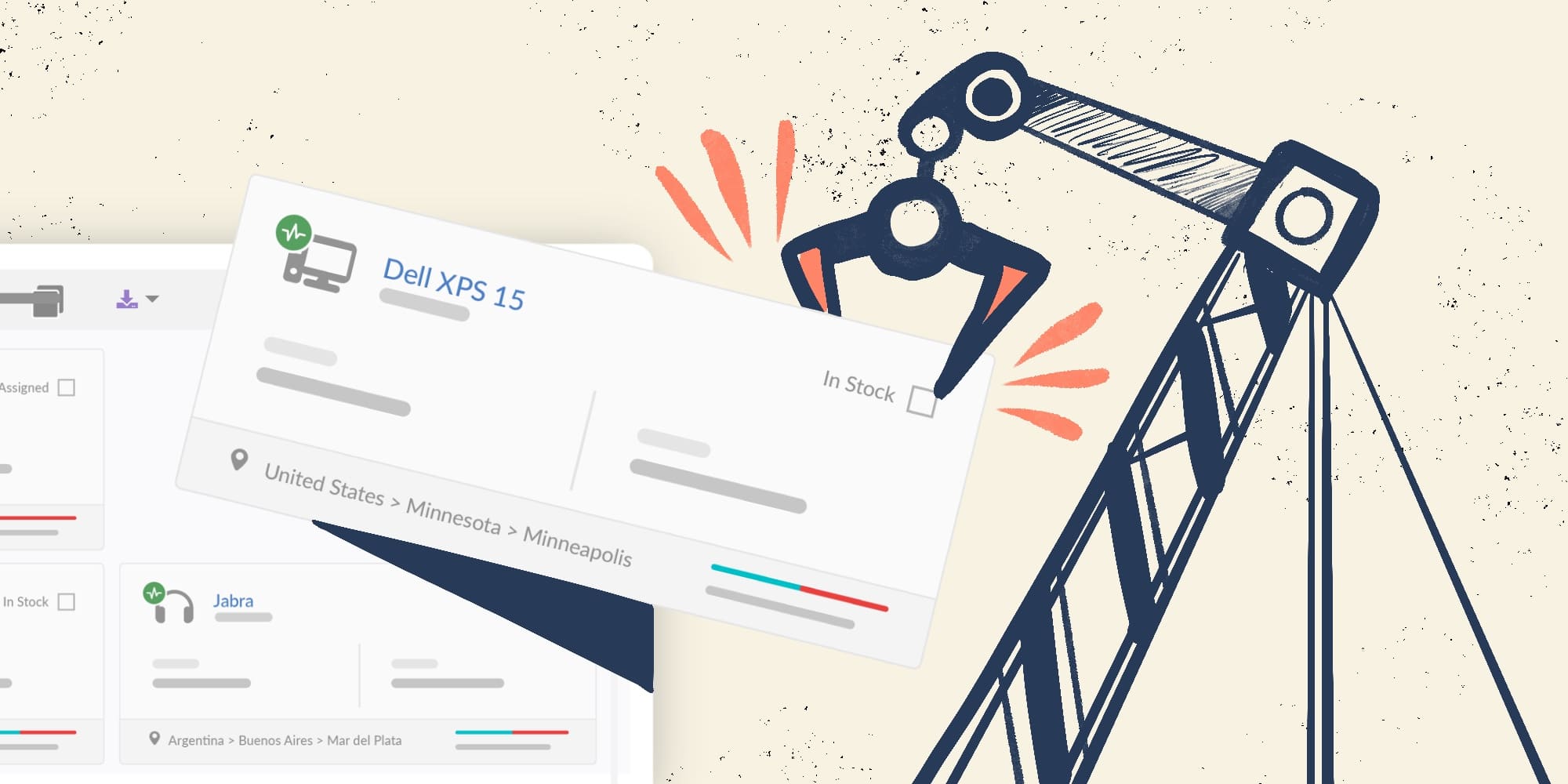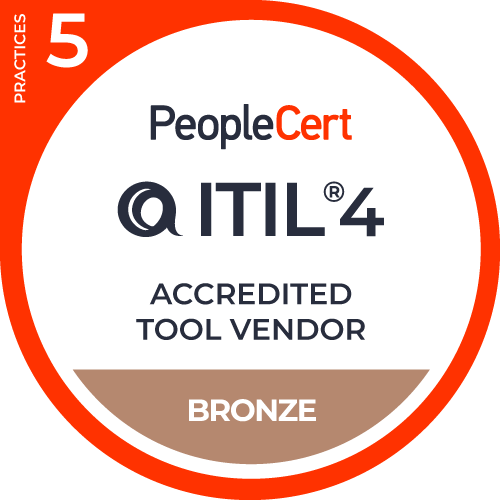Imagine if your business operations ran like clockwork every single day. That's where BAU support comes in—it's crucial for keeping things running smoothly.
BAU, or Business as Usual, might not sound glamorous, but it's the foundation that keeps your organization running smoothly. From applying security patches to providing user support, these routine tasks are vital for maintaining stability and preventing disruptions.
In this article, we will delve deeper into what BAU (Business as Usual) means for the daily operations of an organization, what its fundamental elements are, some examples of activities, and how it differs from the implementation of a specific project.
Let's explore more about what BAU work means for your everyday business operations:
What is BAU support?
Business as usual (BAU) refers to the standard operating procedures and practices that an organization follows daily. Unlike project work, which has a defined end date and specific objectives, BAU work comprises ongoing tasks essential for maintaining system stability and security.
In addition to involving technological systems, BAU (Business as Usual) applies to administrative management and customer service, as well as any other activity routinely performed in a company.
In the context of IT companies, Business As Usual support focuses on routine tasks executed to keep computer systems operational, ensuring the optimal availability of hardware, software, and networks.
For instance, regular software updates, network monitoring, and user support all fall under BAU activities. Without BAU work, IT systems can become vulnerable to disruptions, potentially causing significant downtime and security risks.
Its role in project success
Transitioning from routine tasks to innovative projects is a balancing act that requires a solid foundation of BAU work. For example, a company planning to roll out a new customer relationship management (CRM) system must first ensure that its current systems are running efficiently.
Without BAU, there is no smooth operation, and project teams can't concentrate on new features or other initiatives because they keep getting sidetracked by unexpected system issues.
When we discuss the importance of BAU, we don't mean putting all your efforts into work that maintains the status quo and forgetting about innovation and new opportunities. We just want to bring your attention to the fact that neglecting BAU can lead to significant setbacks.
Consider a scenario where a retail company ignores regular system maintenance to focus on a website redesign project. If a critical system fails during peak shopping hours, the new project’s benefits could be overshadowed by lost sales and customer dissatisfaction. This is just one of the common examples that highlight the importance of balancing BAU tasks with innovative efforts.

The 5 Phases of Project Management
Key factors for effective BAU Support
Clearly defining a model
A clearly defined BAU support model involves identifying roles and responsibilities, allocating resources, and setting expectations.
Moreover, a well-structured model educates teams about their responsibilities and promotes efficiency. Having training sessions on a regular basis can help staff understand the importance of BAU activities in maintaining system security and stability.

People, Process, Technology Framework: Definition and Use Cases
Automation and education
Workflow automation can significantly enhance BAU work by streamlining routine tasks such as system backups and software updates. However, it’s important to recognize that not all BAU tasks can be automated. For example, personalized user support requires human intervention to address specific issues effectively.
Regular maintenance and updates are crucial to keeping automated systems secure and functional. Additionally, educating staff about the role of automation can lead to better integration of these technologies.
Support for Asset Lifecycle Management
Support for Asset Lifecycle Management is another critical component of effective BAU. Managing the lifecycle of IT assets—from acquisition to disposal—ensures that all equipment and software remain up-to-date and secure.
Regular audits and updates help in tracking the status and performance of assets, reducing the risk of unexpected failures and optimizing the use of resources. Incorporating asset lifecycle management into BAU activities also aids in budget planning and Cost Management, ensuring that the organization gets the most value from its investments.

IT Asset Lifecycle Management: The 9 Stages to Manage Your IT Assets
Consequences of neglecting BAU
As mentioned, BAU encompasses the routine tasks necessary for maintaining daily operations and everything an organization needs to run smoothly. When companies neglect these essential functions in favor of new projects or initiatives, they risk several adverse outcomes.
-
Operational disruptions: Without proper attention to BAU tasks, organizations may experience disruptions in their daily operations. This can lead to inefficiencies, increased downtime, and decreased service quality, ultimately affecting customer satisfaction and loyalty.
-
Increased risk and technical debt: A focus solely on project work can result in the accumulation of technical debt. Systems may be overloaded and inadequately maintained, leading to failures that require costly fixes. Over time, this neglect can escalate into significant operational risks as outdated systems become prone to failures and security vulnerabilities.
-
Employee burnout: When IT teams are overwhelmed with BAU tasks while also trying to manage project work, they can burn out. Employees may feel stretched thin, which can decrease morale and productivity. This situation often arises when organizations fail to allocate sufficient resources to support BAU and project initiatives effectively.
-
Loss of competitive edge: Companies that do not balance BAU with project work may fall behind competitors who innovate and adapt to market changes. Neglecting BAU can hinder an organization’s ability to respond to customer needs and market demands, ultimately impacting growth and profitability.
-
Groundhog Day incidents: A BAU-only focus can lead to repetitive issues that recur without resolution. This cycle of constant troubleshooting can frustrate employees and customers alike, creating a perception of ineffectiveness within the organization.

The 5 Levels of IT Support: Leveraging Your Help Desk Support With Tiers 0 to 4
Examples of BAU Tasks
In the context of an IT department or company, routine activities or BAU (Business as Usual) tasks are carried out to ensure that processes run smoothly, services are delivered efficiently, and customers are satisfied.
One of the classic BAU tasks is the continuous monitoring of IT systems to guarantee their optimal functioning for users. This includes performing backups, applying patches, and carrying out necessary updates.
If problems arise, BAU support is responsible for addressing and resolving them, providing comprehensive technical assistance to those who register a request or incident.
Change Management is another aspect handled by this approach, involving the control of modifications made to systems to minimize potential errors and security risks.
Why is support for daily tasks important?
A structured model like Business as Usual brings a series of benefits that directly impact the organization. Here are some of them:
- Operational optimization: With systems functioning perfectly, processes run smoothly.
- Increased productivity: Procedures are carried out correctly and without interruptions.
- Improved employee experience: When everything is running well, workers don’t have to deal with problems and feel satisfied in their workspaces.
- Cost reduction: By reducing downtime and potential errors, economic losses are avoided.
- Compliance Management: With structured processes, it is easier to comply with industry rules.
- Enhancement of the company’s image: Quality support services build trust with customers.
- Facilitation of new projects: When routine tasks operate correctly, it becomes possible to take steps toward innovation.
Measuring BAU success
Just like any other aspect of business, Business As Usual support must also be measured and evaluated for success using key performance indicators (KPIs).
BAU metrics are essential for improving operational efficiency, service quality, customer satisfaction, and an organization's profitability, as well as identifying problem areas.
Some possible KPIs include response time, resolution rate, customer satisfaction, system availability, the number of incidents, SLA compliance, process efficiency, recurrence rate of problems, among others.
For example, a high resolution rate indicates that the support team is effectively solving problems, while positive user feedback reflects overall satisfaction with the support provided.

Top 15 Help Desk Metrics to Measure IT Support Performance
What is the difference between BAU work and project work?
Unlike projects, which have a defined end date and specific objectives, Business As Usual (BAU) work involves continuous tasks that are essential for ensuring system stability and security.
They also differ in their goals: while project tasks have a concrete goal, BAU tasks focus on maintaining the organization’s standard operations and services.
The same applies to scope, as a project is unique and defined from the start, whereas BAU aims to maintain the current state of the company’s activities and is performed routinely.
In terms of expected outcomes, a project delivers something specific, like a product or service, while BAU outcomes are ongoing.
Another difference involves management and resources: projects typically require formal management, with an assigned team, a defined budget, and a detailed work plan. BAU activities are usually managed by the organization’s standard operational functions with permanent resources.
Final words
BAU support is often taken for granted, but it can be really demanding. It requires consistent effort and resource allocation, even when it might not seem as exciting as other projects.
As you review your own BAU strategies, consider the importance of ongoing effort and the challenges of maintaining an efficient, resilient IT infrastructure. Acknowledging and appreciating the work that goes into BAU can make a significant difference in your organization's overall success. These in-house teams are truly the quiet champions who keep everything running smoothly behind the scenes.








